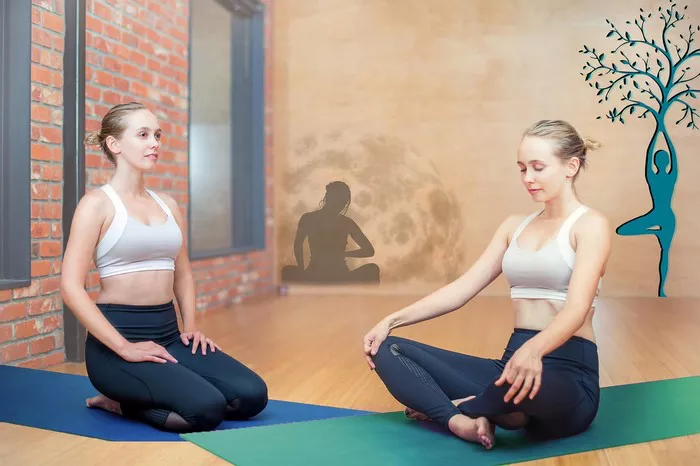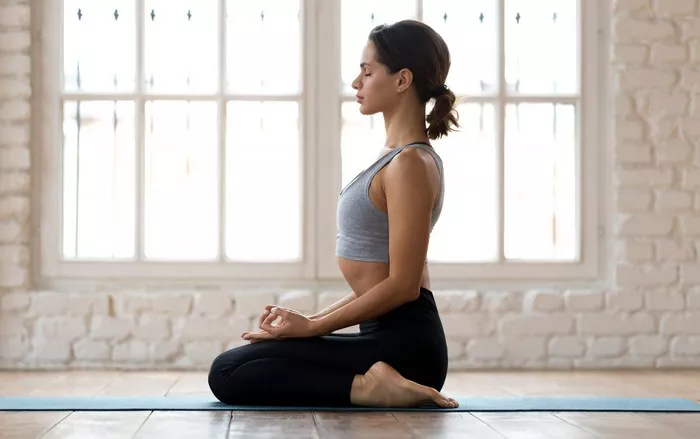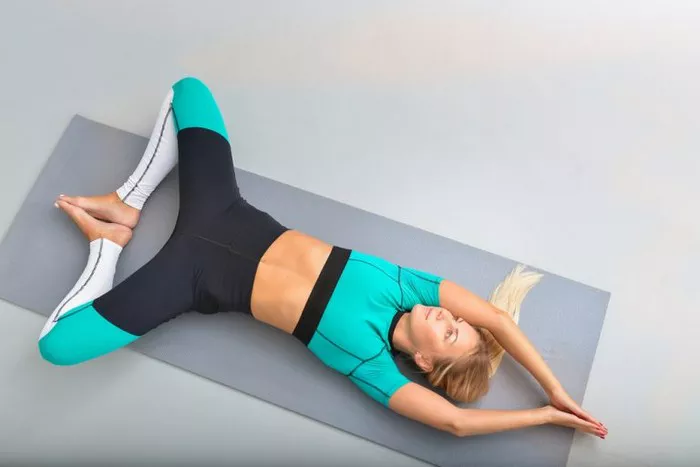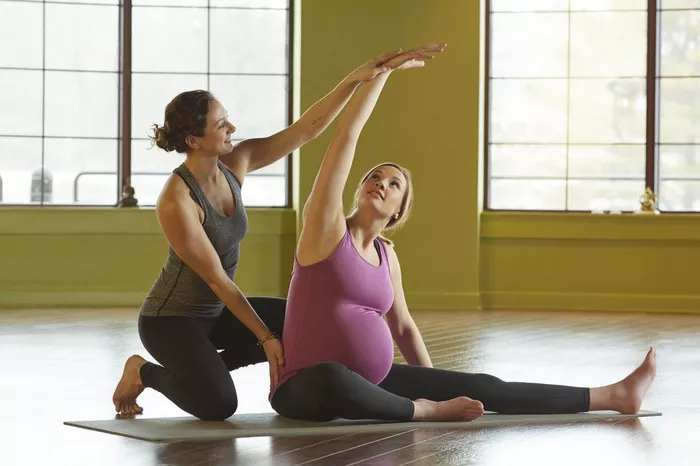Standing poses are a fundamental component of yoga practice, forming the foundation for balance, strength, flexibility, and mindfulness. These postures, also known as standing asanas, are commonly included in many styles of yoga, from Hatha and Vinyasa to Ashtanga and Iyengar. While they may appear simple at first glance, standing poses offer a wide range of physical, mental, and emotional benefits that can significantly enhance overall well-being.
In this article, we will explore the various benefits of standing poses in yoga, including their effects on strength, flexibility, posture, circulation, mental focus, and emotional stability.
Improves Strength and Stability
One of the primary benefits of standing yoga poses is their ability to build strength and stability. These asanas engage multiple muscle groups, including the legs, core, and back, which helps develop a solid foundation for movement and posture. Some of the key ways standing poses contribute to strength and stability include:
Leg and lower body strength: Poses such as Warrior I (Virabhadrasana I), Warrior II (Virabhadrasana II), and Chair Pose (Utkatasana) require strong engagement of the quadriceps, hamstrings, glutes, and calves. This increased activation builds endurance and stability in the lower body.
Core engagement: Many standing poses require balance, which forces the core muscles to activate. Poses like Tree Pose (Vrksasana) and Half Moon Pose (Ardha Chandrasana) strengthen the abdominal and back muscles, improving stability and coordination.
Improved endurance: Holding standing poses for extended periods builds muscular endurance, which is beneficial for everyday activities, athletic performance, and injury prevention.
Enhances Balance and Coordination
Balance is an essential component of overall health and physical fitness. Standing yoga poses help cultivate better balance by requiring the practitioner to stabilize their body in various postures. The benefits of enhanced balance include:
Improved proprioception: Proprioception is the body’s ability to sense its position in space. Practicing balancing poses like Eagle Pose (Garudasana) and Dancer’s Pose (Natarajasana) trains the nervous system to improve coordination and spatial awareness.
Stronger stabilizing muscles: Small stabilizer muscles, particularly in the ankles, knees, and hips, become stronger through standing asanas. This helps prevent falls and injuries, especially as we age.
Better posture and alignment: Many standing poses focus on alignment and symmetry, teaching the body to distribute weight evenly and maintain proper posture throughout daily activities.
Increases Flexibility and Mobility
Flexibility is crucial for maintaining a healthy range of motion in the joints and muscles. Standing yoga poses help stretch and lengthen various muscle groups, promoting greater mobility and preventing stiffness.
Hip flexibility: Poses like Extended Triangle Pose (Utthita Trikonasana) and Goddess Pose (Utkata Konasana) help open the hips, increasing flexibility and reducing tension.
Spinal mobility: Twisting standing poses, such as Revolved Triangle Pose (Parivrtta Trikonasana), enhance spinal flexibility and aid in spinal health.
Hamstring and calf stretch: Standing Forward Fold (Uttanasana) and Pyramid Pose (Parsvottanasana) provide deep stretches for the hamstrings and calves, improving leg flexibility and reducing the risk of muscle strain.
Boosts Circulation and Cardiovascular Health
Standing poses encourage movement and engage multiple muscle groups, which can improve blood flow and circulation throughout the body. Some of the cardiovascular benefits include:
Enhanced blood circulation: The engagement of leg muscles helps pump blood back to the heart more efficiently, improving oxygenation of tissues.
Lower blood pressure: Gentle standing poses, when practiced mindfully, can help reduce stress and promote relaxation, contributing to lower blood pressure levels.
Improved lymphatic drainage: Many standing poses stimulate the lymphatic system, aiding in detoxification and immune function.
Strengthens Mental Focus and Concentration
Yoga is not just a physical practice; it also cultivates mental clarity and concentration. Standing poses require focus, balance, and coordination, which train the mind to be more attentive and present. Benefits of standing poses for mental focus include:
Enhanced mindfulness: Holding a standing pose requires conscious breathing and awareness, helping to develop mindfulness in daily life.
Improved cognitive function: Studies suggest that balance and coordination exercises can enhance brain function, memory, and concentration.
Stress reduction: The focus required for standing poses helps redirect the mind away from stressors, fostering a sense of calm and relaxation.
Promotes Emotional Stability and Confidence
Emotional well-being is deeply connected to physical posture and movement. Standing yoga poses can influence emotions in several ways:
Increased confidence: Power poses, such as Warrior I and II, create a sense of empowerment and self-assurance.
Emotional grounding: Standing poses connect the practitioner to the earth, promoting a sense of stability and security.
Stress relief: Engaging in standing poses with deep, controlled breathing helps release tension and fosters emotional balance.
Conclusion
Standing poses in yoga provide a comprehensive range of benefits that support physical strength, balance, flexibility, circulation, mental clarity, and emotional stability. These foundational asanas are essential for practitioners of all levels, as they build a strong base for more advanced postures while enhancing overall well-being.
Incorporating standing poses into your regular yoga practice can lead to profound improvements in both physical and mental health. Whether you are a beginner or an advanced yogi, taking the time to focus on these postures will help you develop a more stable, balanced, and confident approach to both yoga and life.
So next time you step onto your mat, embrace the strength and grounding that standing poses provide—and enjoy the many benefits they offer!
Related Topics:
























